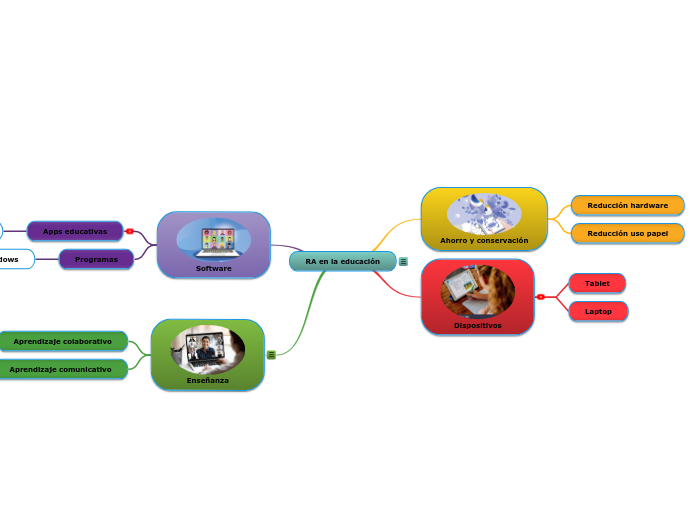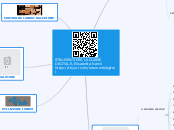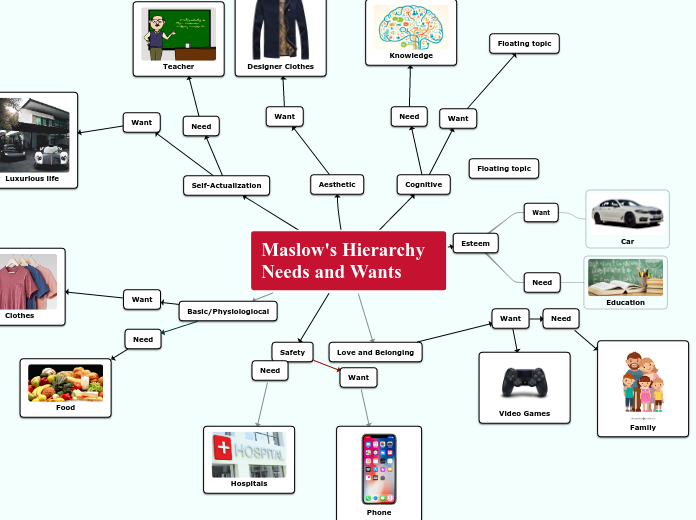RA en la educación
Augmented reality in education is surging in popularity in schools worldwide. Through augmented reality (AR), educators are able to improve learning outcomes through increased engagement and interactivity. And that’s just for starters. AR even has some surprising advantages over virtual reality (VR).
Enseñanza
The Benefits of AR in Education
AR’s relative seamlessness of digital objects within the “real world” encourages interactivity and engagement. It maximizes students’ ability to spend their time learning curricular subjects while minimizing the time spent learning how to use the new tech.
In addition, as discussed in
Stanford News
on VR’s applications within the classroom and “the effect of the body’s actions on the mind,” AR can also inspire empathy in an individual. It offers two-dimensional methods of presenting information versus the traditional one-dimension. This
combination of interactivity and engagement
with emotion, in turn, could enhance the ability of students to remember what they’ve learned– and lead to faster acquisition of information and skills.
Therefore, AR provides students with opportunities to deepen their knowledge within several areas, including:
- Reading
- Working with numbers
- Spatial concepts
- Playing
- Content creation
- Real-life environments & scenarios
Aprendizaje comunicativo
Aprendizaje colaborativo
Software
Programas
Microsoft windows
Apps educativas
Classroom
Dispositivos
Laptop
Tablet
Ahorro y conservación
Reducción uso papel
Reducción hardware









